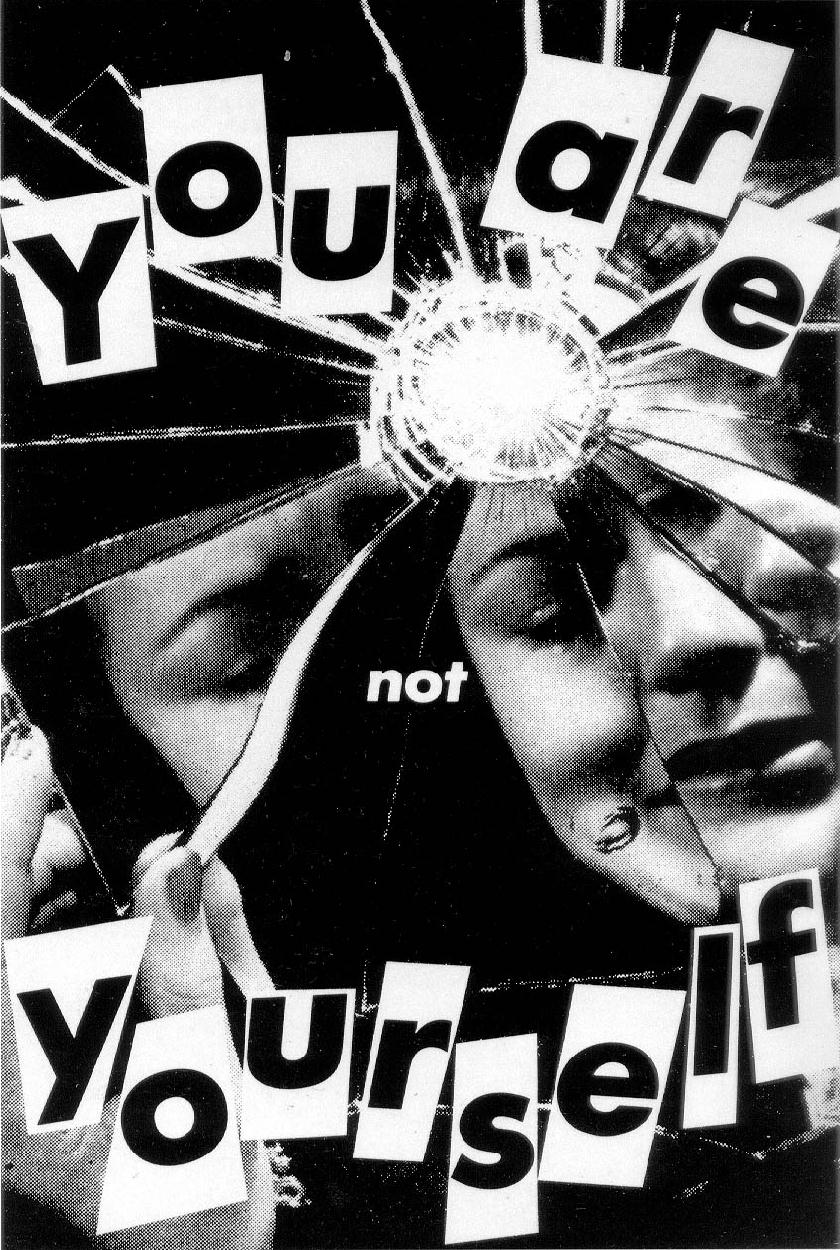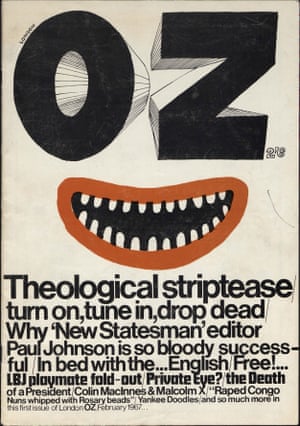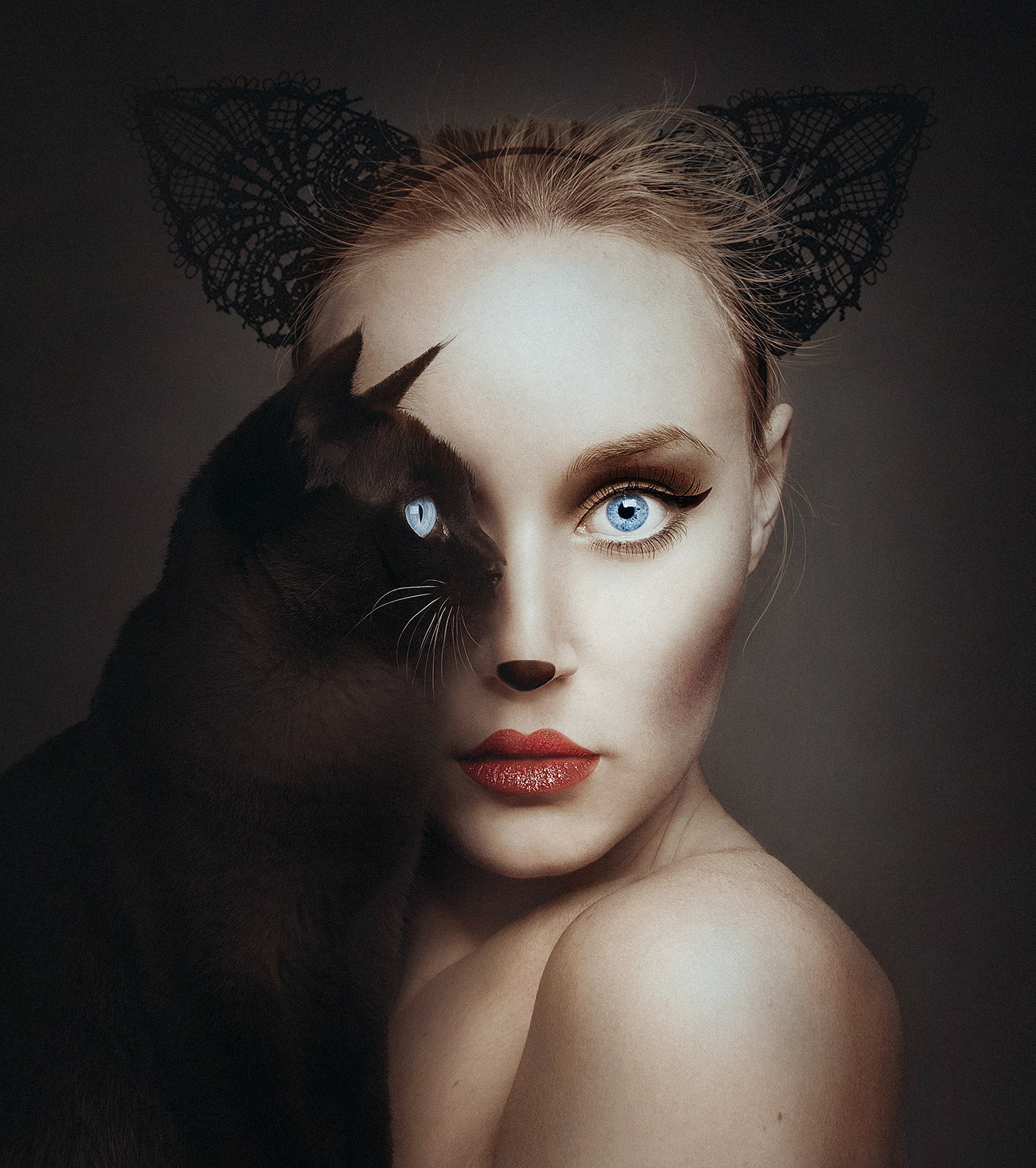Over these pasts few weeks, Research and Communication Skills has allowed me to research and explore a number of topics which has increased my knowledge and have a deeper understanding of the four pathways. Also, it has improved my critical thinking, analysing and evaluation into past and contemporary artists/ designers work and ideas.
By learning the knowledge and exploring the History of Graphic Arts it has given me insight of the gradually development as to how past designers have responded to political, social and cultural issues in society through their artwork. Also, throughout these lectures I have learnt that past design movements influence and form the design movements that we have today. Also, I can use these ideas as a starting point when I start a new project or need an inspiration.
One area of the lectures that I particularly enjoyed was watching the Netflix series ‘Abstract’ especially the episode that featured Paula Scher as she was talking about how typography is a language that is used in everyday life such as in supermarkets, on the streets and in shops. After researching further into Paula Scher work, it has really sparked my interest in Typography and the way type can be arranged so that it can engage with its audience and viewer. Also, I like the way Scher has brought the typography forward in a poster and pulled the background back making the typography the main focal point in a poster.
By researching and exploring these ideas into depth I can now see the connection between Research and Communication Skills and Studio Based Practice as practitioners take inspiration and ideas from past design movements which can influence the way they perceive things. Also, it encourages me as an aspiring practitioner to experiment and play around with the ideas as it helps me communicate how individual ideas or different ideas combined together works to create a successful outcome.
I believe great ideas and designs come from looking at other artists work as we analyse and evaluate other people’s work and compare it to our own work. By doing so, it makes us see and understand how from another artists perspective their ideas are different to your own.
One of the lectures that has particularly stood out to me was ‘Can artwork be truly authentic? I believe there is a fine line between what is truly authentic and what is copying some else’s work. As an aspiring practitioner, I take inspiration and ideas that surrounds me in which I will need to research and develop further so that it no longer resembles the original idea during my Studio Based Practice.
As an aspiring practitioner, giving credit and reference in your work is important as it is acknowledging the work of others.
Overall, I think this module has allowed me to discover my interests in Graphic Arts and has improved my critical thinking and analysis. Also, I have learnt the theoretical and contextual ideas that links into my Studio Based Practice.





 For the second image, I have chosen this poster designed by Barbara Kruger. In this image, it shows the text ‘You Are Not Yourself’ with a woman looking into the mirror but the mirror is shattered. I like this poster created by Kruger as it communicates a message across to its viewer that women in society are not truly themselves as women are misled into believing ‘You Are Yourself’. The poster illustrates that women in society are made up of shattered pieces in which the pieces represent the expectations that society put upon women. However, it is impossible for women to be themselves due to the expectations society want them to be. I think this poster has showed and revealed to the viewer what women in society are experiencing.
For the second image, I have chosen this poster designed by Barbara Kruger. In this image, it shows the text ‘You Are Not Yourself’ with a woman looking into the mirror but the mirror is shattered. I like this poster created by Kruger as it communicates a message across to its viewer that women in society are not truly themselves as women are misled into believing ‘You Are Yourself’. The poster illustrates that women in society are made up of shattered pieces in which the pieces represent the expectations that society put upon women. However, it is impossible for women to be themselves due to the expectations society want them to be. I think this poster has showed and revealed to the viewer what women in society are experiencing.
 I have chosen this image because as an aspiring practitioner, typography holds a great interest to me. In my opinion, this music album cover designed by Reid Miles was able to communicate the passion of jazz music through the use of typography and at the sometime make it look visually appealing. I think this album cover has in cooperated sensibility as music enthusiasts are able to appreciate the song lyrics that is on the front of the album. Also, I think the album cover has created meaning in the sense that it was able to converse something that is not directly expressed. I particularly like the colours being used and the way the typography has been arrange
I have chosen this image because as an aspiring practitioner, typography holds a great interest to me. In my opinion, this music album cover designed by Reid Miles was able to communicate the passion of jazz music through the use of typography and at the sometime make it look visually appealing. I think this album cover has in cooperated sensibility as music enthusiasts are able to appreciate the song lyrics that is on the front of the album. Also, I think the album cover has created meaning in the sense that it was able to converse something that is not directly expressed. I particularly like the colours being used and the way the typography has been arrange


